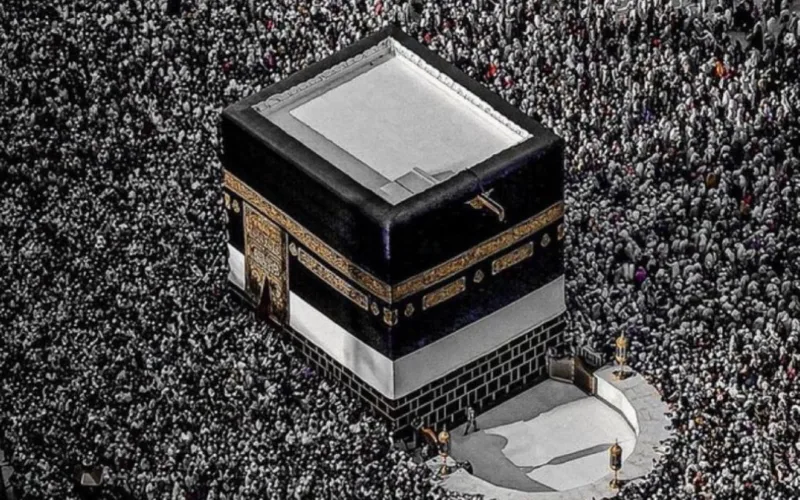Saudi Arabia has officially unveiled plans to deploy advanced artificial intelligence (AI) systems to enhance crowd management, safety, and logistical efficiency during the upcoming Hajj pilgrimage in 2025, which corresponds to the Islamic year 1446 AH. With more than two million Muslim faithful expected to gather from various parts of the globe, authorities say the integration of smart technologies will be crucial to ensuring a smoother and safer spiritual journey.
The announcement, made by the Ministry of Hajj and Umrah in conjunction with the Saudi Data and Artificial Intelligence Authority (SDAIA), underscores a significant shift towards data-driven crowd control methods. In line with Saudi Arabia’s Vision 2030 initiative, which aims to modernize infrastructure and enhance service delivery across various sectors, including religious tourism, the use of AI is being described as a game-changer in managing one of the world’s largest annual human gatherings.
This year’s pilgrimage will witness the deployment of state-of-the-art AI tools across major Hajj sites, including Makkah, Mina, Arafat, and Muzdalifah. These technologies are designed to analyze real-time footage from thousands of surveillance cameras and sensor networks. By studying the flow and density of human traffic, the AI systems will predict potential congestion hotspots before they materialize. Officials believe this predictive capability will empower on-site security and support teams to proactively redirect pilgrims and regulate access points to avoid bottlenecks, especially during high-intensity rituals such as the circumambulation of the Kaaba (Tawaf) and the symbolic standing at Mount Arafat.
Facial recognition software is also being introduced on a wide scale. According to Saudi officials, this system will aid in swiftly locating missing pilgrims and reuniting them with their groups or family members. Additionally, the AI framework is integrated with emergency response protocols, enhancing the ability of medical and security teams to react promptly in crisis situations. For elderly and differently-abled pilgrims, AI-assisted mobility support will also be available, ensuring inclusivity and comfort during the sacred rites.
Experts say the introduction of AI in Hajj operations is not only timely but necessary, given the increasing heat levels and the ever-growing number of pilgrims. With climate change contributing to higher temperatures during the pilgrimage season, the margin for error in crowd control has narrowed significantly. Saudi authorities are thus relying heavily on smart solutions to maintain order and reduce the risk of stampedes, exhaustion, and heat-related health emergencies.
In recent years, the Kingdom has invested heavily in digital transformation, making the holy pilgrimage a focal point for innovation. The rollout of AI-driven systems this year represents a major leap in that direction. While the essence and sanctity of Hajj remain deeply spiritual, the use of cutting-edge technology aims to support rather than disrupt the religious atmosphere. Pilgrims can expect enhanced coordination, shorter waiting times, and a higher sense of security as a result of these measures.
This development is not only a milestone in religious tourism but also a demonstration of how modern technology can coexist with traditional practices to elevate the overall experience. For the Nigerian pilgrims joining millions of their counterparts this year, the Hajj of 2025 may well go down as one of the most technologically advanced and efficiently managed in recent memory.







